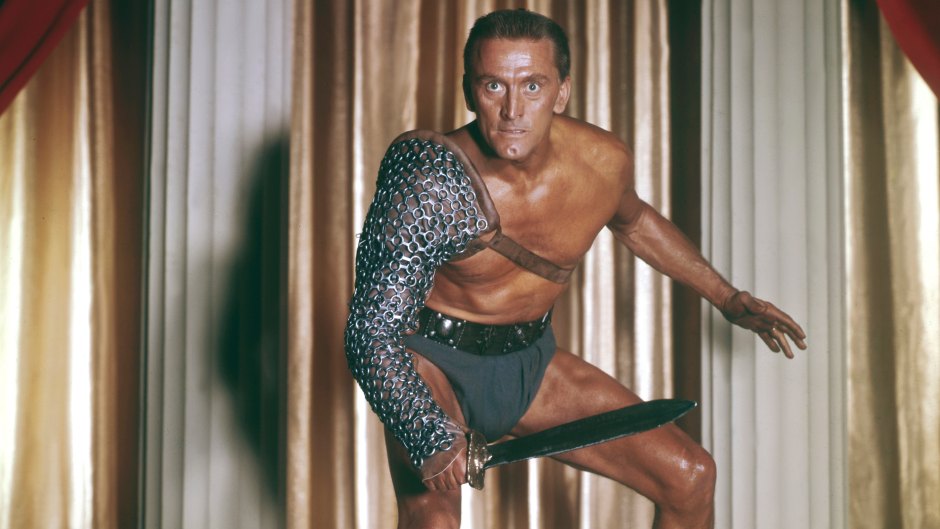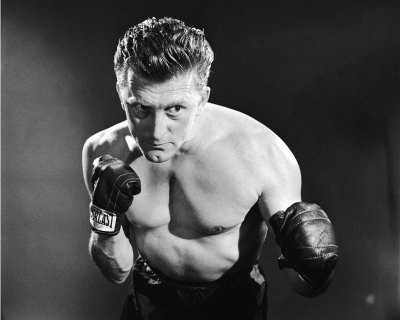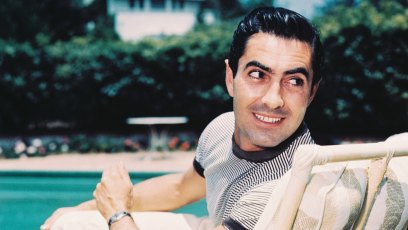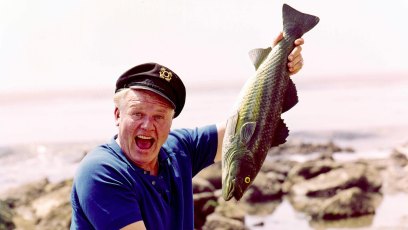
We Remember the Late Kirk Douglas with a Behind-the-Scenes Look at a Dozen of His Greatest Roles
Let’s face it, Kirk Douglas has always been a fighter, and it’s not just from the image that he created in his wide variety of film roles. He has always pushed forward, and this despite the fact that he suffered a severe stroke over two decades ago. Sadly, though, now his fight has come to an end with word from son Michael Douglas of his death at 103. But it’s exactly the strength he demonstrated that has kept us fascinated with him for all these years, and will ensure that his legacy will live on for many more to come.

(Photo by Silver Screen Collection/Getty Images)
“As an actor of phenomenal energy and intensity,” comments Darwin Porter, author of the biography Kirk Douglas, More is Never Enough from Blood Moon Productions, “Kirk Douglas was the last surviving male actor of Golden Age Hollywood. He was among the dozen or so top stars dominating the screens of the latter half of the 20th Century, excelling in whatever style of character acting he was assigned: film noir, a gunslinger in a western, a ruthlessly ambitious boxer, an ancient classical hero like Spartacus, a rogue adventurer, or a gangster.”

(Photo By Paul Harris/Getty Images)
Born Issur Danielovitch (c’mon, it’s a natural progression to Kirk Douglas from there) on Dec. 9, 1916, in Amsterdam, NY, he made his film debut in 1946’s The Strange Love of Martha Ivers but catapulted to stardom only three years later with Champion. Things just continued from there, with Kirk starring in one classic after another, and moving from cop stories to Westerns to period dramas, most notable among them being 1960’s Spartacus.
What follows is a countdown of a dozen of his most popular films, and they genuinely just start to scratch the surface of all that Kirk Douglas accomplished.

United Artists

RKO Radio Pictures

MGM

Universal Pictures

Paramount Pictures

United Artists

Paramount Pictures

Paramount Pictures

Walt Disney Pictures

MGM

United Artists

Universal international








































